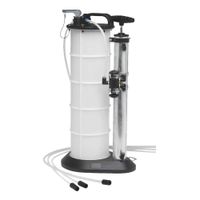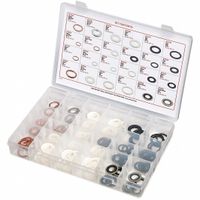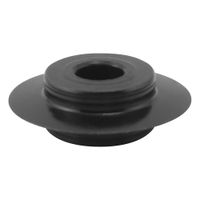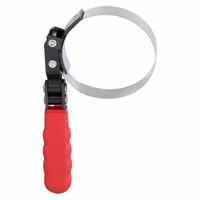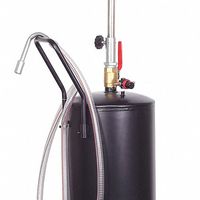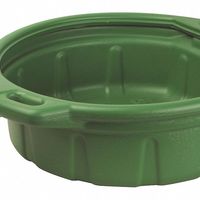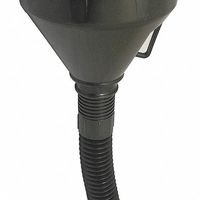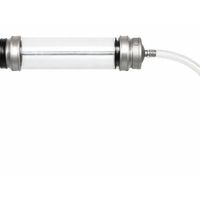- Home
- Fleet Vehicle Maintenance
- Vehicle Tools
- Vehicle Lubricant Tools
Vehicle Lubricant Tools
Vehicle lubricant tools help transfer and dispose of fluids and prevent oily messes on shop floors. Vehicle funnels and measuring cups allow for precise vehicle lubrication. Drain and drip pans prevent spills and help transfer fluids from the pans to proper recycling or disposal units. Oil and fuel .....Read More
Frequently Asked Questions
What are the best tools for transferring and disposing of vehicle fluids?
How do vehicle funnels and measuring cups improve lubrication precision?
What are the benefits of using drain and drip pans for fluid disposal?
How do oil and fuel filter wrenches work for filter installation and replacement?
Why is it important to use oil filter cutters for engine diagnostics?
How do oil drain plugs and gaskets function during an oil change?
What are the advantages of using portable waste oil containers for fluid disposal?
